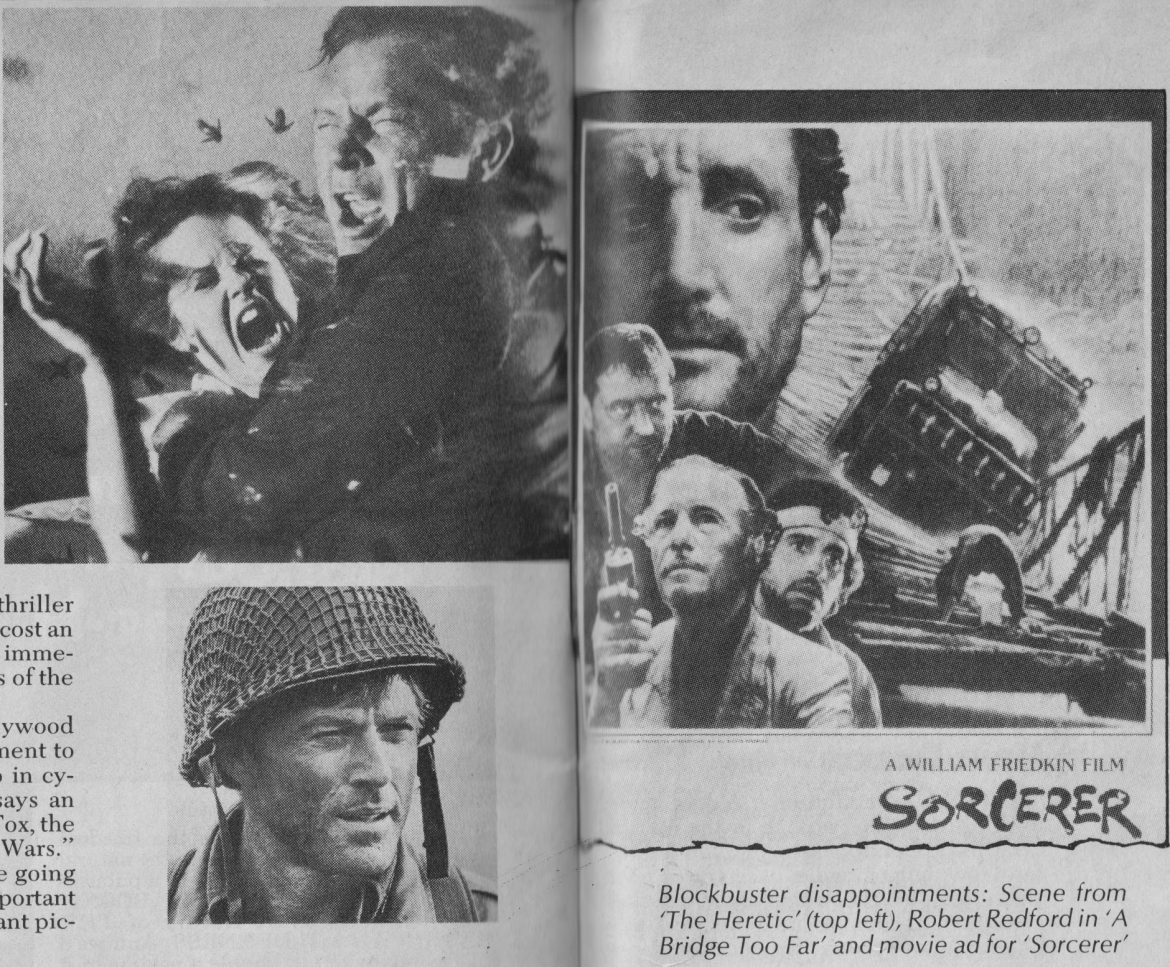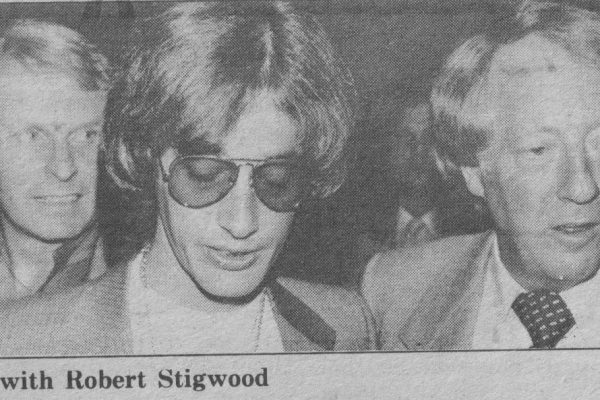Original Publication: Newsweek, August 22, 1977
Maureen Orth with Martin Kasindorf in Los Angeles
Twice a year – at the beginning of summer and just before Christmas – Hollywood goes for broke by releasing a batch of its biggest movies. This summer, the stakes are unsually high: at the moment a dozen spectacles that cost a staggering $130 million in total are competing for the sun-dazed moviegoer’s attention, and the response has been so unexpected that movie insiders still aren’t sure whether this is a blockbuster summer or a seasonal bummer.
Who would have guessed that a little-publicized sci-fi epic without stars, conceived as a film for children, would become the phenomenon of “Star Wars” – which has been so successful that it is creeping up on the record for profits set by “Jaws?” Who would have thought that “A Bridge Too Far,” the $26.7 million war epic with everyone from Robert Redford to Liv Ullmann, would be limping at the box office? Or that “The Other Side of Midnight” would survive the year’s worst set of reviews for a major movie and be coasting toward a respectable profit?
So far only two films have behaved according to expectations. “The Deep” cleaned up by grossing $40 million in its early weeks of release before beginning to sag, and the brand-new James bond thriller, “The Spy Who Loved Me,” is doing nearly as well. On the other hand, the much ballyhooed “New York, New York,” with the star luster of Liza Minnelli and Robert DeNiro, is expected to barely break even on its $9 million budget. The $11 million sequel “Exorcist II – The Heretic” was all but hooted off the screen in many cities; the biggest clinker of them all has been “Sorcerer,” directed by William Friedkin, who also directed the original “Exorcist.” A downbeat remake of the old French thriller “The Wages of Fear,” “Sorcerer” cost an incredible $21.6 million and has immediately disappeared into the ranks of the tax write-offs.
Cycles: Despite the flops, Hollywood isn’t ready to rethink its commitment to big-budget blockbusters. “We go in cycles and the cycle is still up,” says an executive at Twentieth Century-Fox, the happy studio that made “Star Wars.” “We have to have an event. We’re going to end up with relatively few important theaters and we will need important pictures to go in them.” “We know the size of a budget never determines the size of a hit,” says United Artists president Eric Pleskow. “But if we feel strongly enough about a project, we’ll make it even if it’s expensive.”
Yet the summer sweepstakes unquestionably point to some strong preferences in the minds of moviegoers. If the success of “Star Wars,” “The Deep” and James Bond are any indication, then old-fashioned fantasy is what’s wanted. And if the disappointment of “A Bridge Too Far” and “Sorcerer” is any sign, what isn’t wanted is a dose of gritty reality. Nor, say industry watchers, was “Sorcerer” helped by its mysterious title, which implied similarities to Friedkin’s previous hit that were nowhere visible on the screen.
But the most dramatic lesson may be that one movie has been simply too successful, belying the old Hollywood axiom that “a hit film is good news for everybody in the industry.” “With a film like ‘Star Wars’ around,” says A.D. Murphy, a movie analyst for Variety, “it’s impossible to open a more cerebral film like ‘Sorcerer.’ It’s like someone squeaking in the middle of a disco.”
This article is typed from the original material. Please excuse any errors that have escaped final proofreading.




No Comments